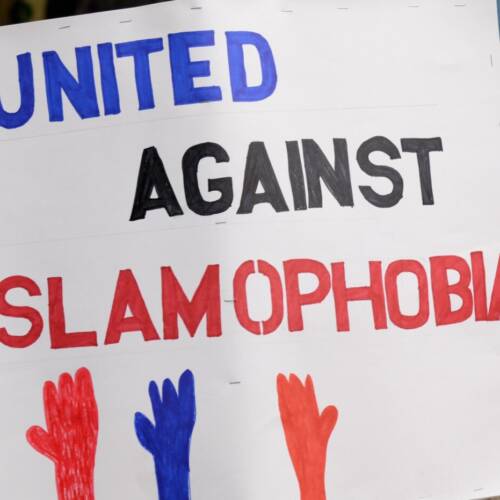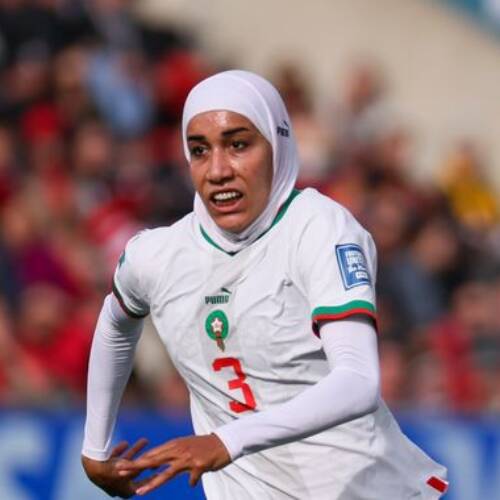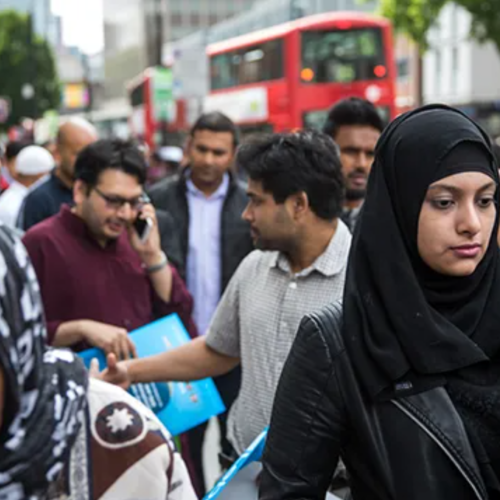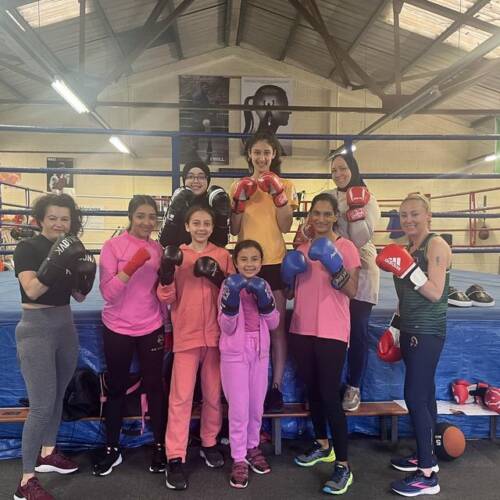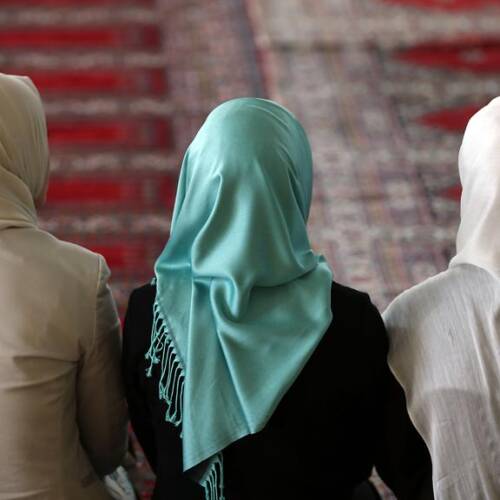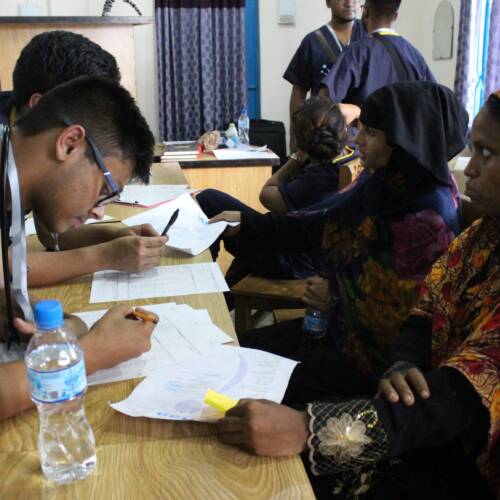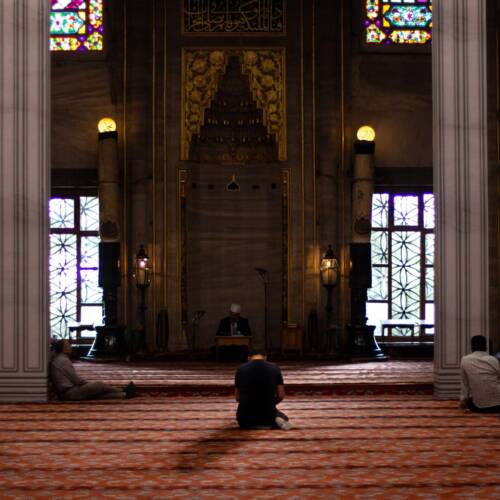
Why is the Gender Pay Gap So Prevalent in Muslim communities?
15 Dec 2021All mankind is from Adam and Eve, an Arab has no superiority over a non-Arab nor a non-Arab has any superiority over an Arab; also, a white has no superiority over black nor a black has any superiority over white except by piety (taqwa) and good action. [Last Sermon of the Prophet (pbuh).
Equality and Human Rights Report
The debate surrounding the gender pay gap is certainly not a new one. Nor is this debate restricted solely to Muslim communities. However, this article seeks to look more closely at Islamic communities in particular in order to assess the extent to which the gender pay gap is prevalent within our communities.
A research report conducted by the Equality and Human rights commission defines the gender pay gap as ”the difference between men’s average pay in full-time work and women’s average pay in full-time work.” The report revealed some interesting conclusions about gender pay gaps and especially took into account factors such as religious affiliation. For instance, the report showed that women of all religious denominations (and those with none) had pay gaps relative to Christian men and these were highest for Sikh and Muslim women (22%). Additionally, from the statistics it was also evident that Pakistani Muslim women appeared to be more disadvantaged than other women and White British Jewish women less so. Although the report highlighted that the disadvantage experienced by religious minorities is not clear cut. There does appear to be a Muslim pay gap, but this is not as great as that experienced by Pakistani or Bangladeshi men. This report was instrumental in highlighting the difficulties certain minorities face in receiving an equal wage. As highlighted before among the most affected by this disparity are Muslims and more specifically Muslim women.
Religion and the Wage Gap
Maha Akeel in her article ‘The case for gender equality in the Muslim world’ revealed some shocking statistics from the Muslim world:
‘’The total value of the global employment participation gap and the wage gap between women and men is $17 trillion; in other words, women only have a 36 percent share of global income, measured in purchasing power parity terms. This generates massive inequalities in overall incomes, health and education.’’
Furthermore, Sitzmann and Elizabeth Campbell conducted some interesting relationships between religiosity and the gender wage gap. Their work concluded that the more religious a country was the greater the wage gap. In nations where more than 95% or more people said religion was important in their daily lives, such as Pakistan and the Philippines, women earned considerably less than men. Whether these differences were result of cultural barriers as opposed to religious ones would be interesting to consider. However, these statistics were especially worrying since such inequalities are alien to the sunna of the Prophet (pbuh) and the teachings of the Quran. Below are four verses and statements which highlight equality in Islam:
1- “Their Lord responded to them: “I never fail to reward any worker among you for any work you do, be you male or female – you are equal to one another.” [Qur’an, 3: 195]
2- All mankind is from Adam and Eve, an Arab has no superiority over a non-Arab nor a non-Arab has any superiority over an Arab; also, a white has no superiority over black nor a black has any superiority over white except by piety (taqwa) and good action. [Last Sermon of the Prophet (pbuh].
3 -And whoever does righteous deeds, whether male or female, while being a believer – those will enter Paradise and will not be wronged, [even as much as] the speck on a date seed. [4:124].
4- The title of the fourth chapter in the Quran ‘’Surah An-Nisa’’ (women) derives from the numerous references to women throughout the chapter.
Islamic Relief Worldwide Case Study
The 2019/2020 gender pay gap report revealed that in this organization in this organisation, women earn 93p for every £1 that men earn when comparing median hourly pay. Their median hourly pay is 7.1% lower than men’s.
Islamic Reliefs gender pay gap data reasserts the inequalities Muslim women face in Islamic organizations. The data showed that the percentage of women paid among the upper quartile was 20.51% in contrast to 79.49% males. These figures are dramatically different!
In response to these findings Islamic Relief’s CEO, Naser Haghamed, believes that roles across the organisation need to be made more attractive to women. He stated that:
“To close the pay gap, we will continue to scrutinise and adapt our policies and procedures and our overarching HR strategy to improve recruitment and retention of a diverse workforce…
We have recently enhanced family-friendly provisions for all staff, including maternity pay, and we now have one of the best maternity packages in the NGO sector.”
It is clear that roles across Muslim organizations and communities need to be made more attractive and fairer towards women. Given the difficulties which they face institutionally on the one hand and further within religious communities on the other.


